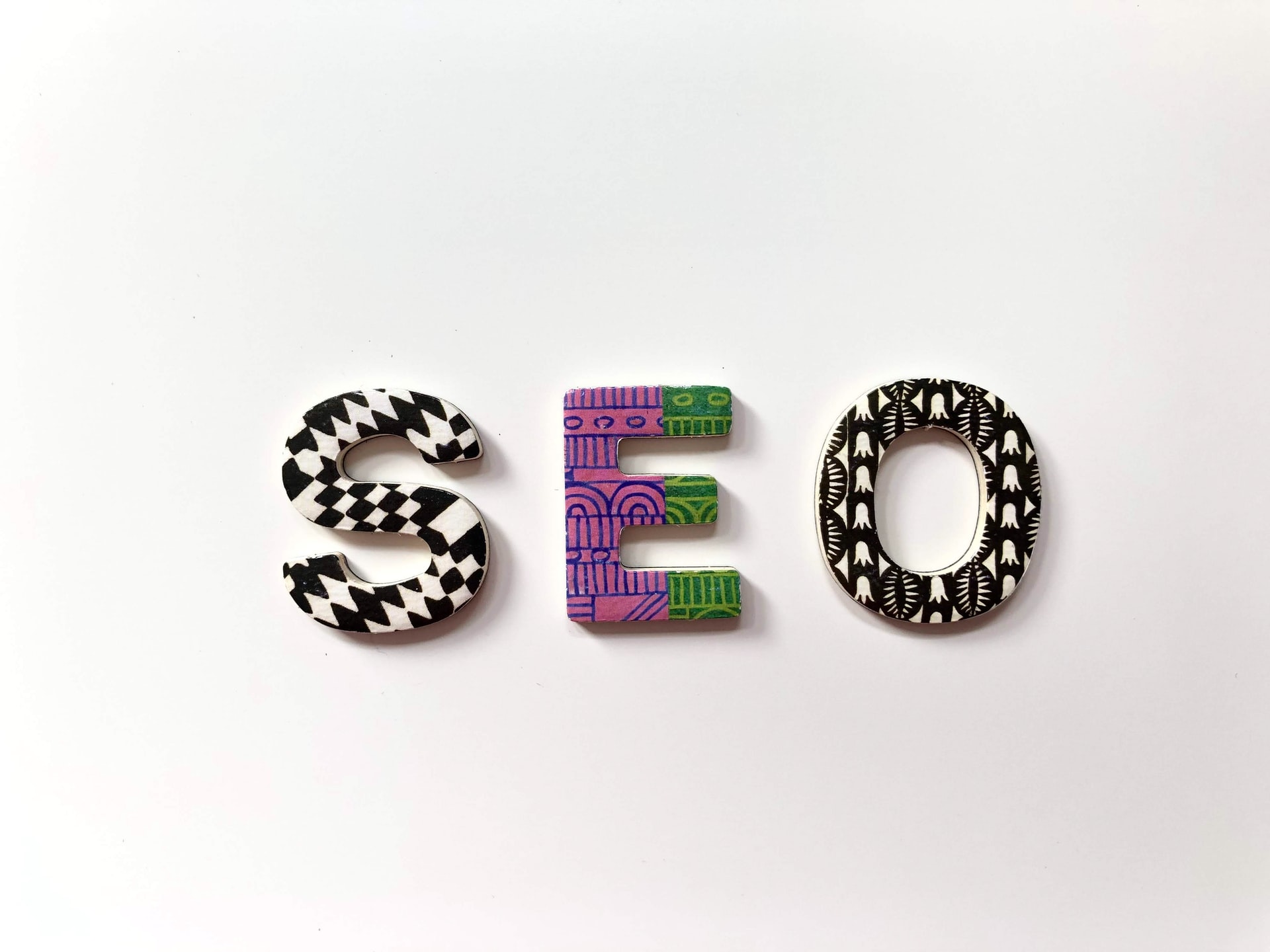Why has SEO become so popular? Well, simply put, organic traffic is much more successful than any other form. In order to succeed in securing organic traffic and organic searches, there is a combination of factors that go into optimizing your page that occurs both on-page and off-page.
There has been an influx in off-page techniques, such as link building, but a lack of on-site SEO. The two should work in harmony. If on-site SEO is ignored it won’t do the off-page, or off-site SEO any good. It should be prioritized and kept up to date with the rest of the ever-changing and evolving landscape online. Here’s a starter’s guide to on-site SEO.
What Is On-Site SEO?
On-site SEO is the practice of optimizing a web page to improve its rankings on a search engine and is done to earn organic traffic. Sometimes referred to as on-page SEO, it consists of publishing/posting high-quality content, as well as optimizing a page’s headlines, HTML tags, and all of the images on the site. This is done to improve the appearance of a website’s authoritativeness, and trustworthiness, making it appear as if it has a high level of expertise.
Why Is It Important?
When everything is neat and has been optimized it helps a search engine to better understand your website and its content. This means that a search engine will be able to determine what it is that you are trying to communicate through the use of your website, and can then suggest it to relevant searchers.
Search engines continue to become more and more sophisticated and with this comes a greater focus on semantics and relevance in search engine results pages. Google can now understand what an internet user is actually searching for when they type in a search query and is able to deliver results that meet that intent.
1. Expertise, Authoritativeness, and Trustworthiness
Google rates the expertise, authoritativeness, and trustworthiness of content creators, webpages, and websites. This is to keep up the appeal of the search engine against others. This way high-quality content is boosted to the top and low-quality content is left lower down, seemingly less visible.
Whether you think google causes high-quality content to appear higher up, or high-quality content appears higher up because google algorithms promote it, it is important that the expertise, authoritativeness, and trustworthiness of a website must be taken into consideration in your SEO strategy.
2. Title Tag
The title tag is an HTML tag that typically exists in the header section of a webpage and provides context around what the page is about. It is what we typically see as clickable like on a search engine’s results page. By itself, the title tag has little to no impact on organic rankings, which is why it is often overlooked, but it shouldn’t be. When a tag is poorly written, duplicated, or even completely absent, it negatively affects your SEO results, which is why optimization is important.
3. Headlines
Compelling and catchy headlines are an important way to get your website content to perform well in search. It might seem super simple, but a compelling headline is the difference between scanning through similar results and a click. A headline must spark interest and should stand out from the rest of the result. This will make people click on it, generating more organic traffic.
4. Header Tags
Header tags are HTML elements that identify the headings and subheadings within your content. It differentiates them from other elements of text, such as paragraphs. These tags are important for improving the user experience. They indirectly impact your rankings by making your page easier to read and provide keywords about your website for search engines to process.
5. SEO Writing
SEO writing means that you have written in such a way that it is optimized for both search engines and users. SEO content is about more than just keyword research. Writing to boost your on-site content means that you need to write good quality content and it must be relevant to people, not just an algorithm.

6. Content Audit
Content creators get so focused on creating new content that we don’t look at the content that is already on the site. This is a crucial mistake as old content can reveal where your issues lie.
When you audit your existing content you are able to see whether your content is achieving its desired goal, see what sort of content works for you and what doesn’t, and most importantly, you can see if your content is still relevant, or if it has become outdated. Content audits should be done on a regular basis to ensure that everything is up-to-date and working for you.
Conclusion
On-page SEO optimization should be done on a regular basis to improve rankings and traffic.





